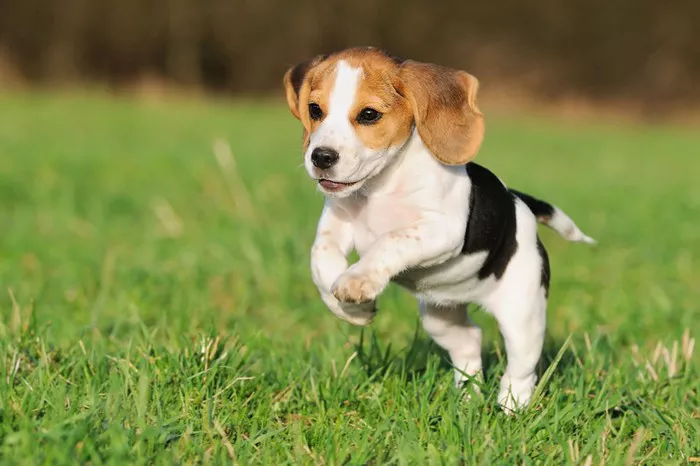Beagles are one of the most recognizable dog breeds globally, known for their friendly demeanor, keen sense of smell, and compact, athletic build. Their size plays a crucial role in their adaptability to various lifestyles, from family pets to working dogs. This article explores the physical dimensions of beagles, factors influencing their growth, and how their size compares to other breeds.
Average Size of Beagles
Height and Weight Standards
Beagles are classified as small to medium-sized dogs. According to breed standards:
Height: Adult beagles typically stand between 13 to 15 inches (33 to 38 cm) at the shoulder.
Weight: They usually weigh 18 to 30 pounds (8 to 14 kg), with males often slightly larger than females.
These measurements align with their historical role as hunting dogs, where agility and endurance were prioritized over bulk.
Body Proportions
Beagles have a balanced, muscular build. Key features include:
- A deep chest for lung capacity during tracking.
- Short legs relative to their body length, aiding in maneuverability.
- A moderate-length tail that is often carried upright, acting as a “flag” during hunts.
Growth Stages of Beagles
Puppy Development
Beagle puppies grow rapidly in their first year:
Newborn: 0.5–1 pound (0.2–0.5 kg).
3 months: 5–10 pounds (2–4.5 kg).
6 months: 12–18 pounds (5–8 kg).
12 months: Near adult size, though some may fill out until 18 months.
Adult Size Variations
While most beagles fit the standard range, variations exist:
“Pocket Beagles”: A smaller variant, historically bred to fit in hunters’ saddlebags, standing under 13 inches.
Larger Beagles: Occasionally, some individuals exceed 15 inches due to genetic diversity or mixed lineage.
Factors Influencing Beagle Size
Genetics
Genes inherited from parents determine a beagle’s potential size. Reputable breeders adhere to standards to minimize outliers.
Nutrition
A balanced diet is critical for healthy growth. Overfeeding can lead to obesity, a common issue in beagles, which strains joints and shortens lifespan.
Health Conditions
Conditions like hypothyroidism or hormonal imbalances may stunt growth or cause abnormal weight gain. Regular veterinary checkups are essential.
Comparing Beagles to Other Breeds
Similar-Sized Breeds
Dachshunds: Similar weight but shorter legs.
Cocker Spaniels: Slightly taller but comparable in weight.
Contrasts with Larger Breeds
Beagles are significantly smaller than retrievers or shepherds, making them ideal for apartment living.
Practical Implications of Beagle Size
Clothing and Accessories
Beagles’ medium build makes them compatible with size S/M dog apparel (e.g., robes, vests) and accessories like harnesses designed for 13–15-inch chests.
Exercise Needs
Their compact size allows for moderate exercise—daily walks and play sessions suffice to maintain health.
Travel and Living Spaces
Beagles adapt well to small homes but require secure fencing due to their curiosity and scent-driven behavior.
Common Misconceptions About Beagle Size
Myth: All Beagles Are Tiny
While compact, they are sturdier than toy breeds like Chihuahuas. Their muscular frame supports high-energy activities.
Myth: Size Predicts Temperament
Even smaller beagles retain the breed’s bold, adventurous personality. Size does not correlate with behavior.
Conclusion
Understanding a beagle’s size helps owners provide appropriate care, from diet to exercise. Their dimensions—rooted in centuries of breeding for functionality—make them versatile companions. Whether as a family pet or a working dog, the beagle’s size is a testament to its enduring appeal.
Related Topics:
IS IT HARD TO TAKE CARE OF A BEAGLE?
HOW LONG DOES IT TAKE TO TRAIN A BEAGLE?


